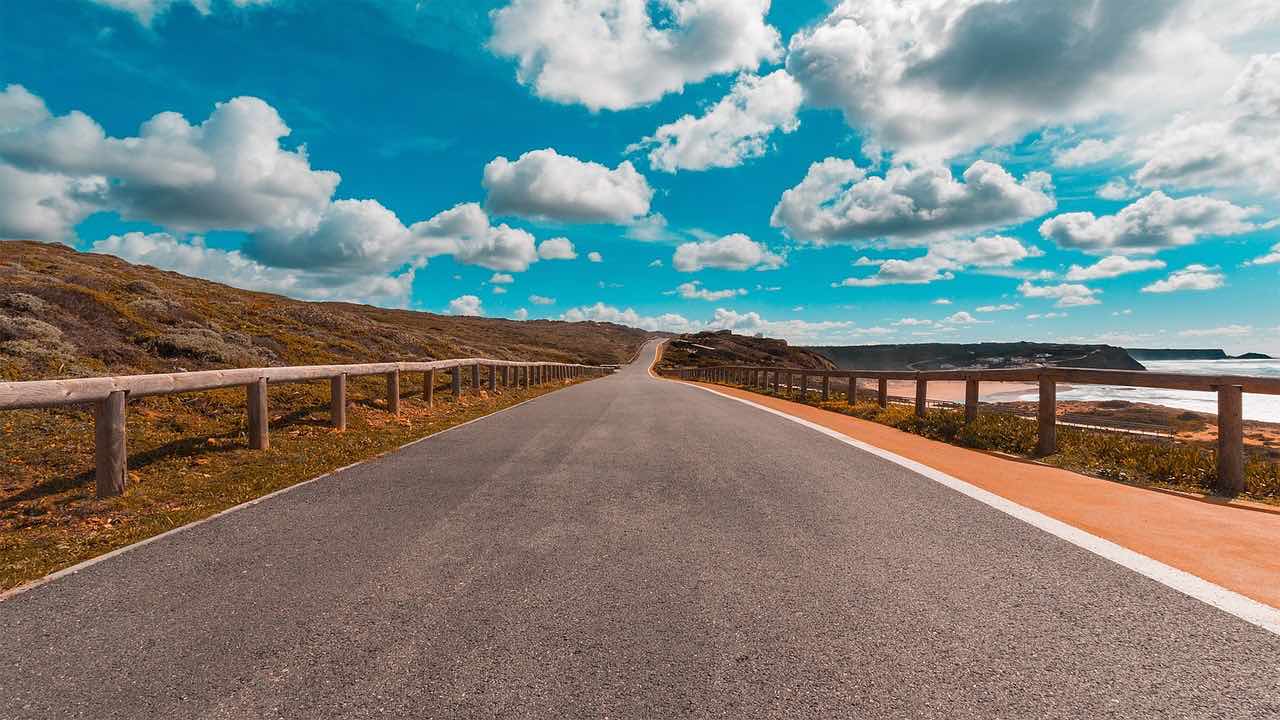Here are the practical info, and everything you need to know, to drive in Portugal without problems.
As always, it is recommended to follow some basic and universal rules.
Always respect speed limits. The checks are frequent throughout the road and motorway network. A fundamental principle for safety and, also, for your pockets; avoid heavy fines. The fines are paid on the spot, to the bodies in charge, in full, or through a small deposit.
If you have drunk alcohol, DO NOT DRIVING. The limit of the alcohol level is quite low. Police carry out random tests throughout the network. It is always recommended to be available.
BASIC RULES TO DRIVE IN PORTUGAL
In Portugal you drive to the right and you pass on the left. Remember to always respect the safety distance.
It is always necessary to give priority to pedestrians who cross or are about to cross a road; even if there are no pedestrian crossings on the ground.
In the event of an accident, YOU MUST ALWAYS STOP and provide assistance; it is important, however, not to hinder circulation. It should also be remembered that it is COMPULSORY to provide their personal details.
DOCUMENTS TO DRIVE IN PORTUGAL
Driving license, registration certificate and valid insurance certificate. If you are driving a vehicle that is not your own, we recommend that you take a DELEGATION TO CONDUCT. This is a delegation of the vehicle owner with an authenticated signature. It is not mandatory.
VEHICLE EQUIPMENT
The seat belts must be fastened on all seats, front and rear.
By car it is mandatory to use a triangle. The use of the reflective vest is recommended.
The helmet is mandatory for drivers and passengers of all motorcycles.
ROADS AND SIGNS
If you decide to travel to Portugal, you can take advantage of a fairly extensive motorway network that allows you to move from North to South without leaving the road.
All major Portuguese cities are served by the motorway, also known as auto-estradas. The Lusitanian highways are identified by the letter A, followed by a sequential number starting from 1. The billboards are all in blue and white writing.
The road network is completed by the presence of Main Routes (IP), Complementary Routes (IC), National Roads (EN) and Municipal Roads. These are generally good roads. The only exceptions are the back roads and some inland stretches, which require a little extra attention.
And prudence is the watchword for those who decide to drive in Portugal. Lusitanian drivers are often very unruly. Furthermore, in some areas, road signs are rather poor.
TOLL
The Lusitanian highways are subject to charges. If you were traveling for the first time by car and were not informed, you might find some problems with your payment. However, there are enough practical and comfortable solutions. Toll Card on all. These, and other info, are available at this link.
SPEED LIMITS
Unless otherwise indicated, the speed limits are as follows:
50 km/h in population centers.
90 km/h outside the centers.
120 km/h on the highway.
DRIVE IN PORTUGAL WITH CHILDREN
All children under the age of 3 travel in the front seat of the car, provided they are secured on a suitable approved child seat, facing inwards. In this case, the airbag must be deactivated.
Children under the age of 12 years and height no higher than 135cm must travel on the rear seats of the car. In addition, they must be secured with child seats adapted to their weight, approved in compliance with the minimum safety requirements established by law.


